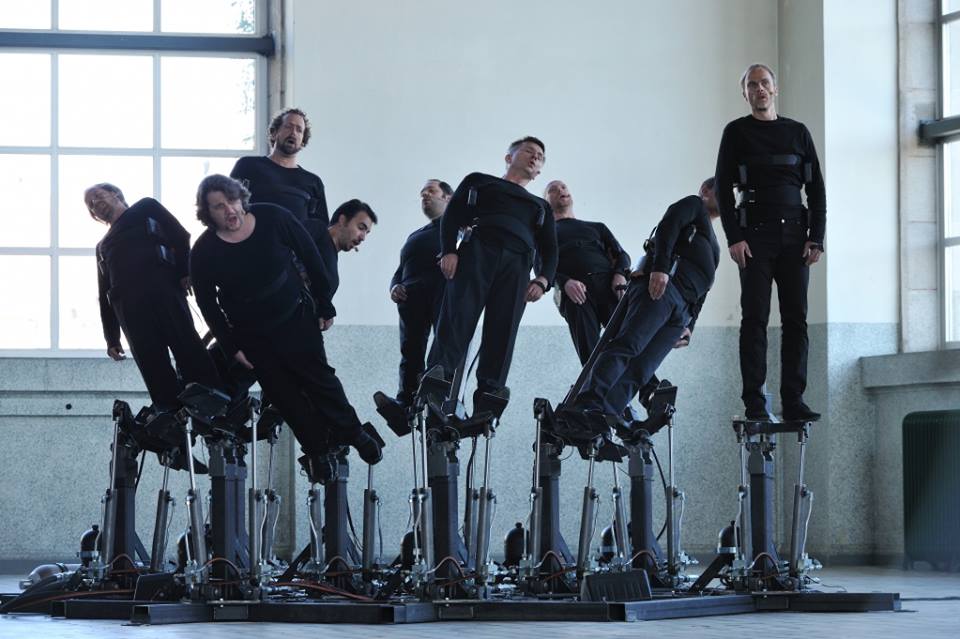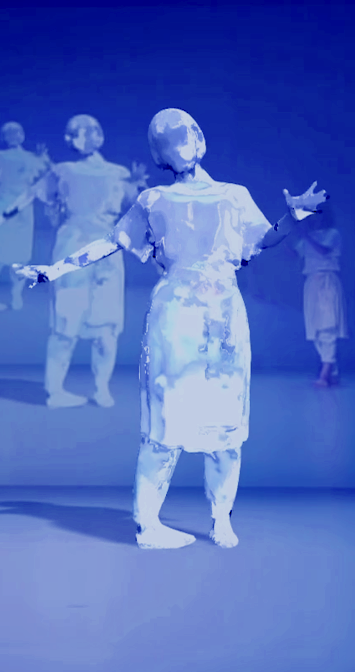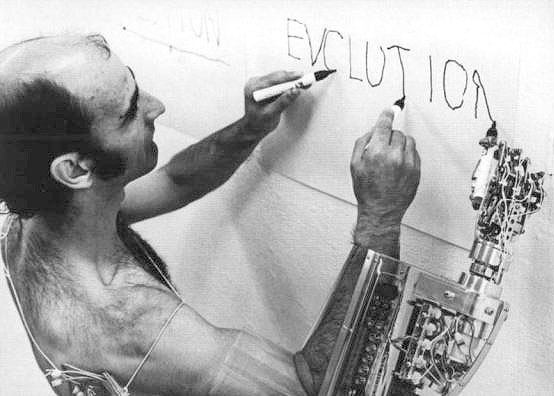
COD.ACT
Coro pêndulo
Pendulum Choir é uma peça coral original para 9 vozes A Cappella e 18 macacos hidráulicos. O coro é constituindo por um corpo vivo e sonoro. Esse corpo se expressa por meio de vários estados físicos. Sua plasticidade varia de acordo com sua sonoridade. Varia entre sons abstratos, sons repetitivos e sons líricos ou narrativos. Os corpos dos cantores e suas vozes brincam com e contra a gravidade. Eles se tocam e se evitam, criando polifonias vocais sutis. Ou, apoiados por sons eletrônicos, rompem sua coesão e explodem em um voo lírico ou se dobram em um ritual obsessivo e sombrio. O órgão viaja da vida à morte em uma alegoria robótica onde a complexidade tecnológica e o lirismo dos corpos em movimento se combinam em uma obra com acentos prometéicos.
.
Pendulum Choir is an original choral piece for 9 A Cappella voices and 18 hydraulic jacks. The choir is constituted by a living and sonorous body. This body expresses itself through various physical states. Its plasticity varies according to its sound. It varies between abstract sounds, repetitive sounds and lyrical or narrative sounds. The singers’ bodies and their voices play with and against gravity. They touch and avoid each other, creating subtle vocal polyphonies. Or, supported by electronic sounds, they break their cohesion and explode in a lyrical flight or bend in an obsessive and dark ritual. The organ travels from life to death in a robotic allegory where technological complexity and the lyricism of moving bodies combine in a work with Promethean accents.





